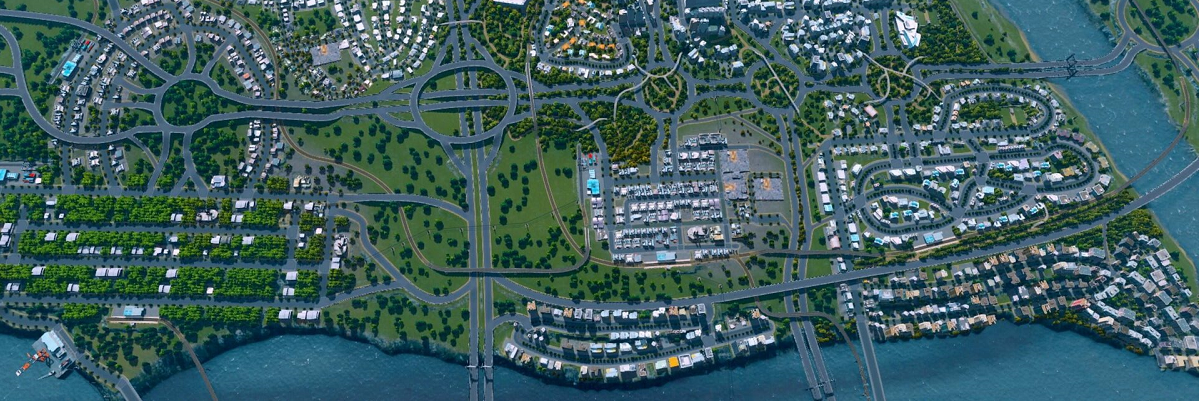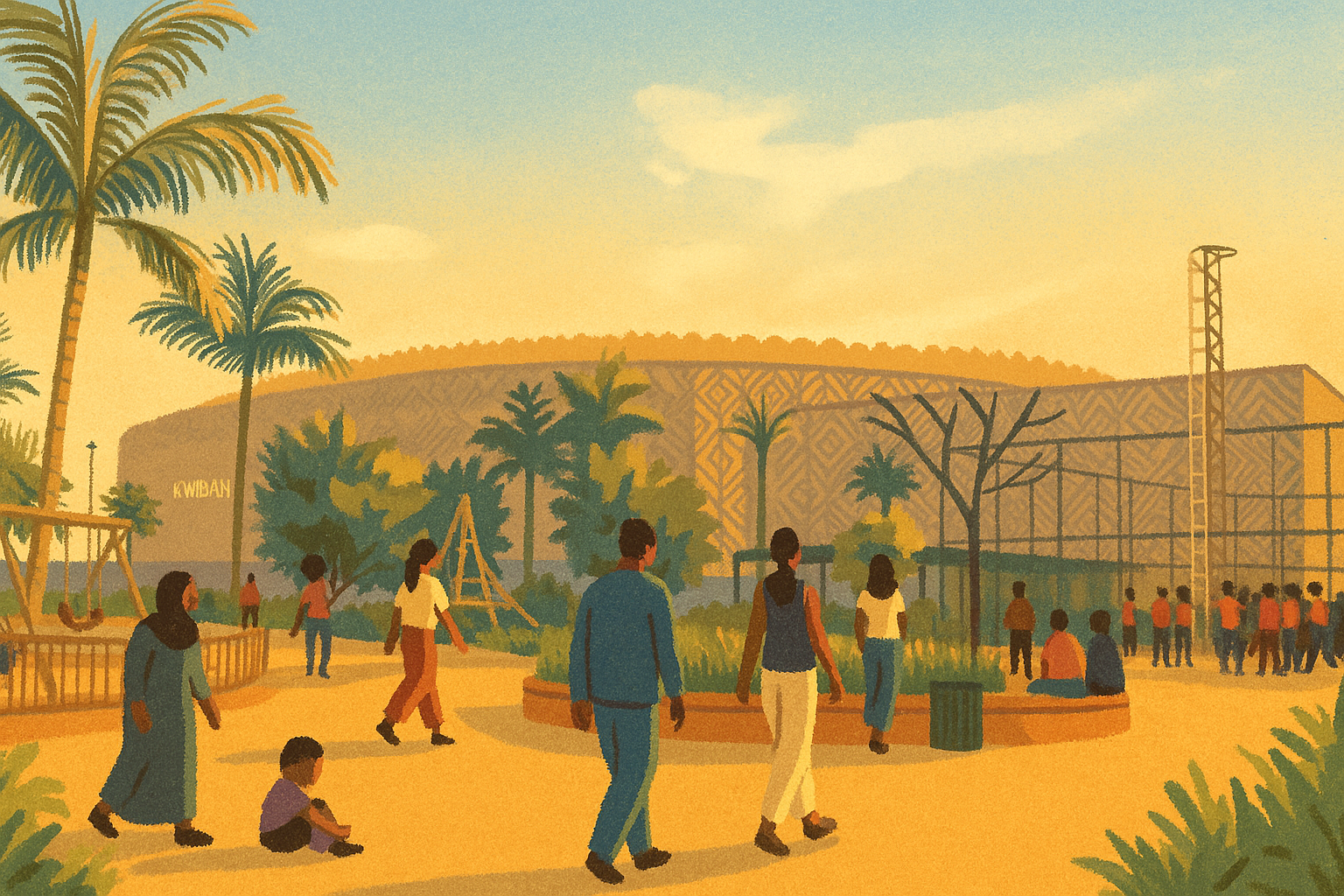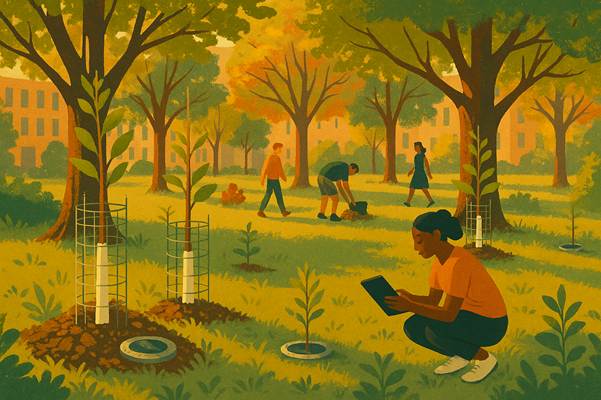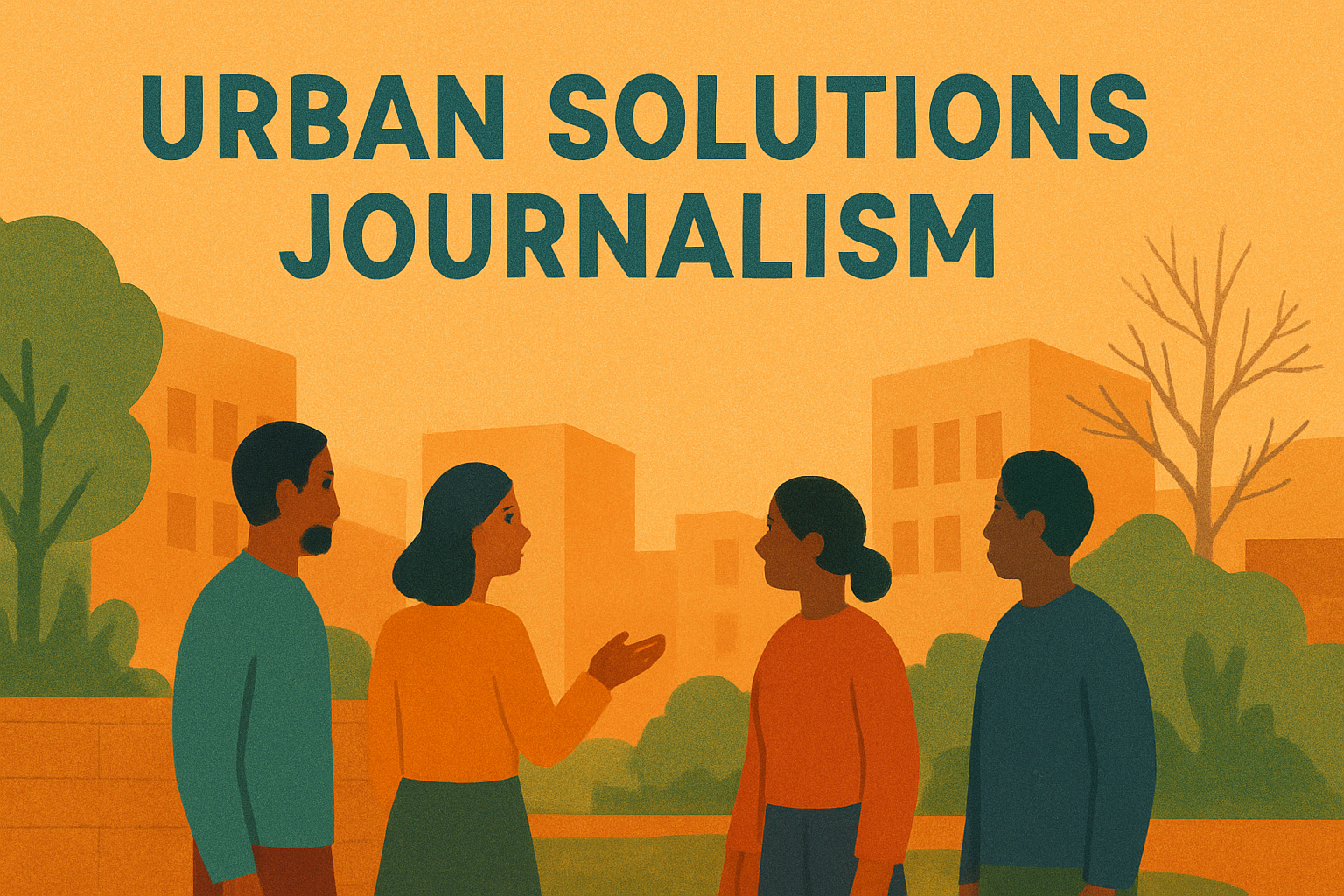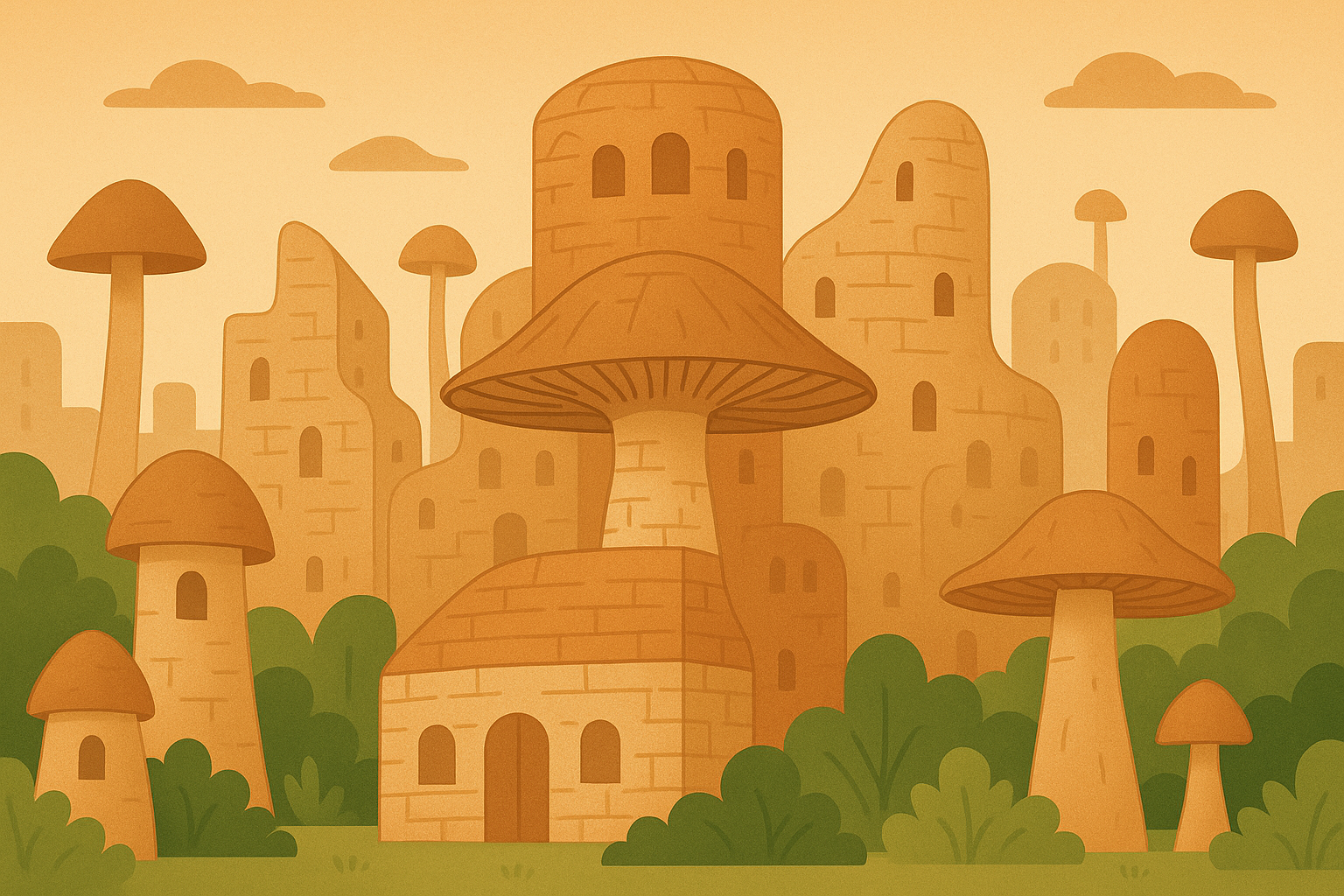Written in collaboration with Dennis Gastelum
Cities:Skylines is a popular PC game in which you can build your own city. Along other city-building simulators, such as SimCity, CityVille or City Island, Cities:Skylines offers a reduced-stress environment to develop a city, providing quality of life for citizens and problem-solving as infrastructure and economic problems arise. Many urban planners use the game to actually showcase planning ideas and to test them out.
Lack of people-oriented planning
It is important to note that a game like Cities:Skylines also shows what is wrong with urban planning in the real world. This is showcased by how a player starts building cities: by connecting a series of roads, streets, and highways to an already existing main city entrance. This entrance is usually a flyover highway. It is the quintessential concept of American city designing.
Although there are community-created modifications (mods) in the game that allow you to design cities around pedestrian- or bicycle-oriented paths, private vehicles are the backbone of every city and of the whole game. Grid layouts are pushed, whereas public spaces, pedestrian space and other elements of modern, liveable cities are easily neglected. Even when you focus on using more public transport, the base game makes it hard for you to experiment with more people-friendly urban utopias. In Cities:Skylines, cars are actually spawning out of nowhere.
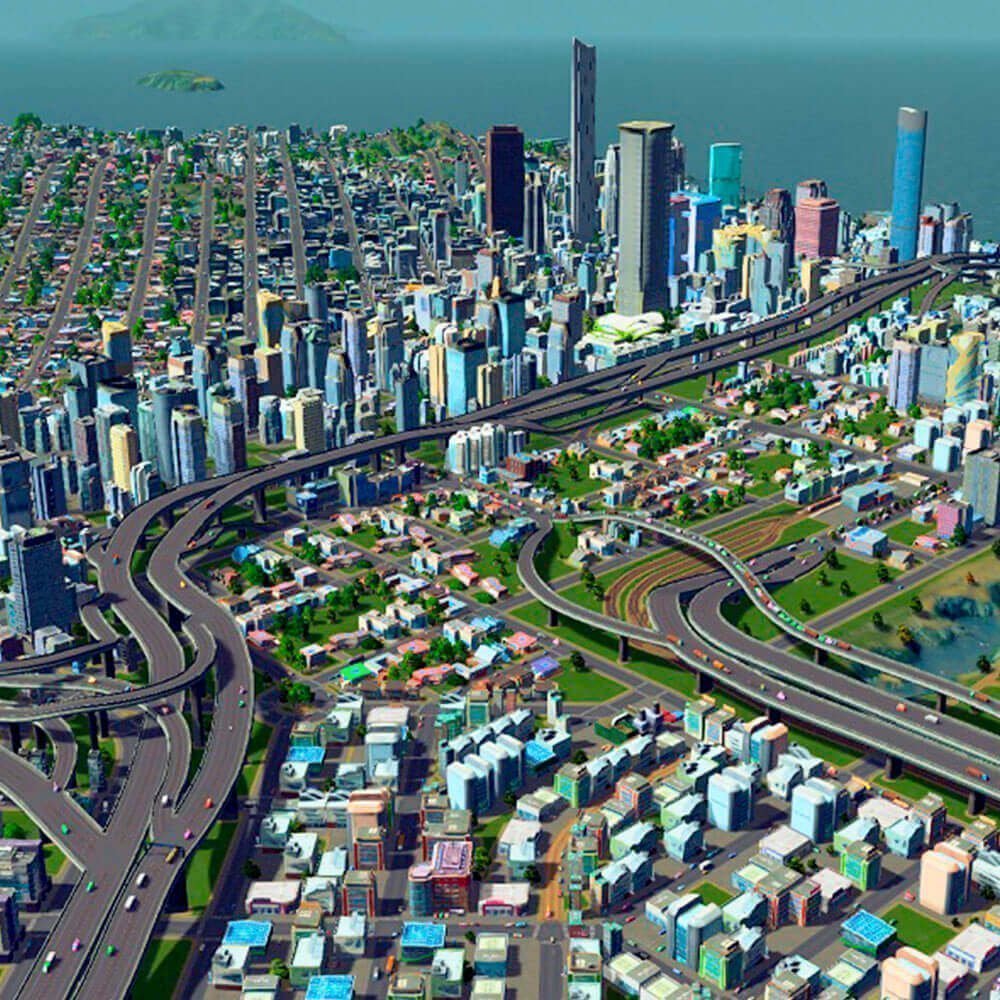
Like other city building programmes and games, Cities:Skylines is symptomatic for larger problems in urban planning. The history of this discipline repeats itself rather uncritically. However, there are some interesting elements of the game that allow you to have an interaction between the player and its simulated citizens. There is Chirper, a Twitter-like dialog bar that allows you to know how citizens are feeling about your recent actions, as well as a measurement of general happiness that helps you guide your decisions.
Here is an example of a professional city planner building his ideal city in Cities:Skylines, where the virtual citizens interact with the gamer via Chirper:
Gentrification as a danger even in the virtual world
Game expert Dante Douglas has described game Cities:Skylines as a “gentrifier’s dream”, because it teaches you to invest in high-profit infrastructure and to focus on the economy, without taking into account people’s needs and wants. The virtual citizens of the cities in the games are very passive and never even complain when you displace them, rip out their sidewalks or replace a public park with a parking lot. However, their happiness index immediately lowers.
Of course, the cities in the game have no history – the game only gives you the option of marking a building as historic -, which also contributes to the absence of important politics or civil movements. While this is understandable in a computer game designed for entertainment (and an exceptionally good one!), the difference between the overall realism of the game and the minimalism of its social aspects is stark.
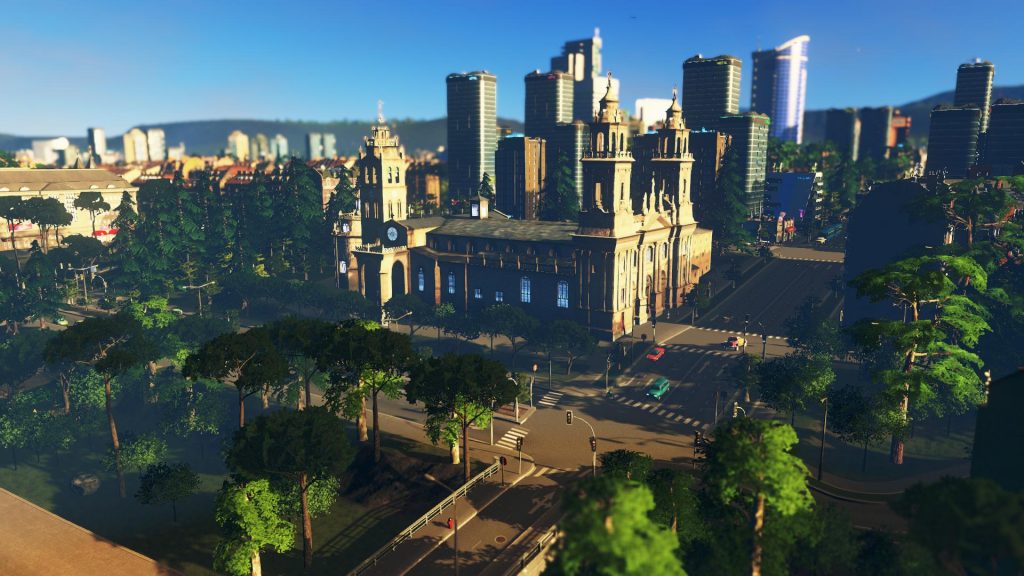
Experts like Dante Douglas agree that Cities:Skylines does not care a lot about its people. The virtual citizens seem to be placed in the game for their aesthetic value, rather than being a central part of the social architecture within the game. Gentrification has a similar logic and the fact that citizens mostly communicate on social media in the game is almost symptomatic for modern society: As long as something looks good on Facebook or Instagram and gets you mediatic exposure, it will be funded.
A critical look at citizen participation in Cities:Skylines
While there are some laudable elements of green energy and progressiveness in municipal government, the game does seem to be hollow when looking at citizen participation or even citizen contentedness. Once these virtual citizens are unhappy, they complain on Chirper or leave the city. There is no point in between.
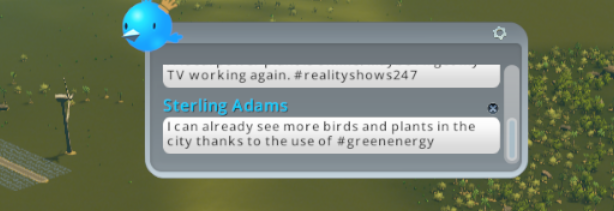
Although the base game is somehow limited to certain aspects (which is only natural for a simulation game), Cities:Skylines has a broad range of additional downloadable content (DLC) that allows you to explore different aspects of urban planning: the design of a green city, the planning in the face of natural disasters or the placing of mass transit systems at the centre of development.
There are also popular community-created modifications and assets that allow you to change features of the dynamics and aesthetic layout within the game. Why not create an element that addresses citizen participation?
How Stockholm planned a new city district with Cities:Skylines
In terms of consequence analysis or basics of urban design and planning, games like Cities:Skylines can be very useful. In 2016, the city of Stockholm used the game to plan a new city district. Experts from Paradox, the game publisher that designed Cities:Skylines, were invited to a workshop with the goal of simulating a new district with 12,000 homes and 35,000 workspaces.
Professional city planners as well as citizens also attended the workshop, making it clear that the shortcomings of the game in terms of public participation can be easily remedied by enabling citizen dialogue and participation. The fact that the professionals used a popular, fun game may even have increased interest and participation.
Here is an impression of Norra Djurgardstaden in Stockholm as planned in Cities:Skylines (currently still under construction):
Similarly, other games such as Fortnite, Minecraft and UrbanFootprint are used in many cities around the world to develop urban planning projects. Even UN Habitat is using Minecraft to change neighbourhood design with the Block by Block project. It seems that computer simulators are an important new tool in urban planning, relying on intuition and the broad usage, thereby inviting citizen participation and making planned projects fun automatically.
This application of urban planning simulation games to real life shows that in the end, we always need input from those the city belongs to – the citizens!

